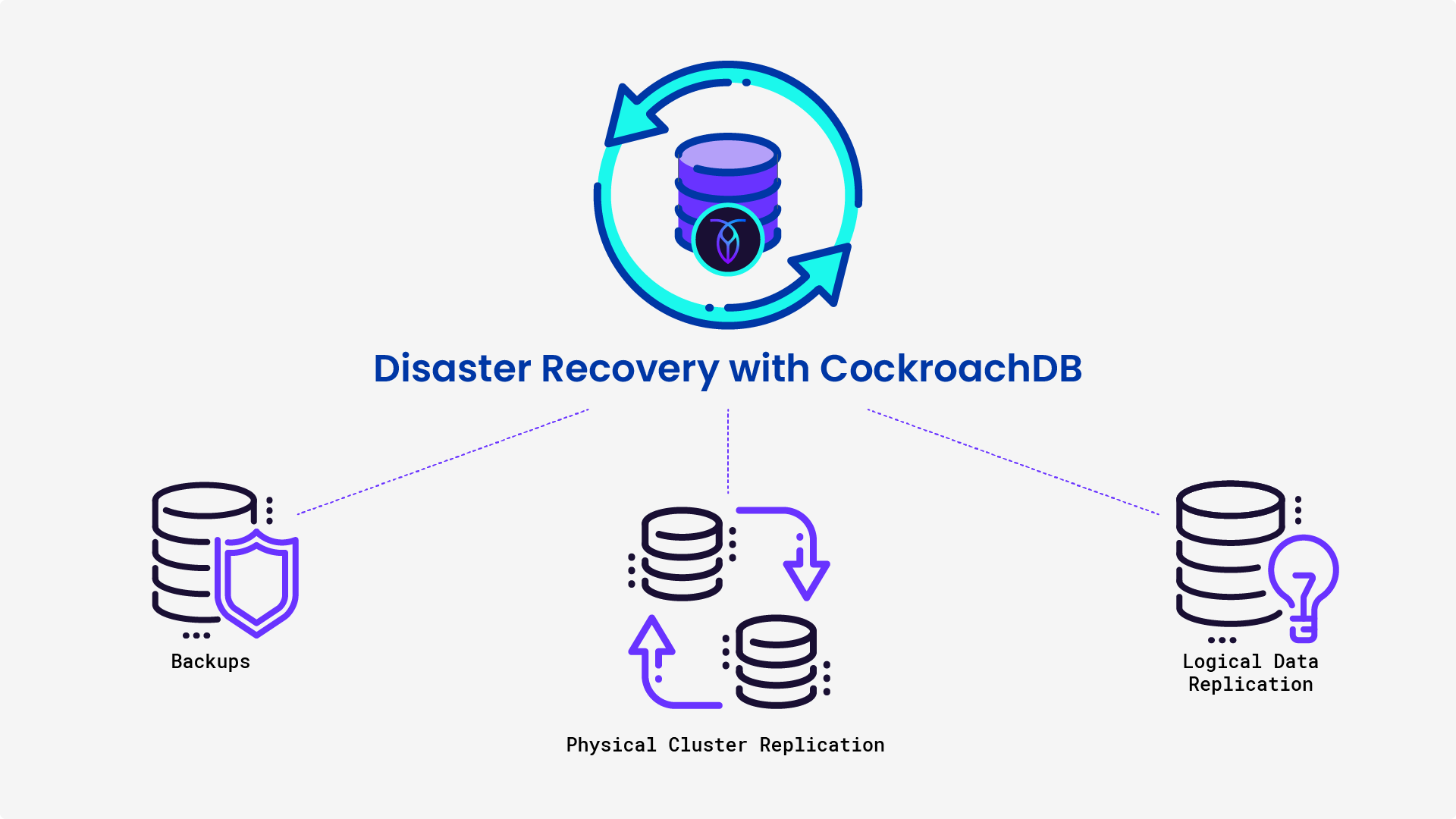Tomorrow, as you undoubtedly know, is day-one of an annual two-day retail event known as “Amazon Prime Day”. Two days of frenetic consumerism that stress Amazon’s architecture in much the same way that Black Friday and Cyber Monday stress the whole retail industry. In 2018 Amazon’s site served a 404 error for hours on Prime Day. But there’s no need to pick on Amazon…J. Crew, Macy’s, H&M, Lowes and others have all endured costly downtime during peak traffic. Three years of masks and stay-at-home mandates forced users to online shopping and forced retailers to scale their online operations to serve unprecedented customer volume. Some even had to establish their first-ever digital presence in order to survive widespread lockdowns that shuttered physical retailers.
Survivability established, next came the need to meet equally unrelenting customer demands for fast and personalized user experiences across a vast spectrum of digital devices and platforms. Now elastic scalability, sophisticated personalization, and a seamless omnichannel experience are simply table stakes for modern retail organizations.
That’s why choosing the right database infrastructure has become a business imperative. Not just to support surging high-transaction workloads, but also to ensure survival in the face of several dire trends facing retailers today.
Three current retail trends: Unpredictability, supply chains & logistics
Beyond meeting the permanently high bar of always-on, personalized, and portable shopping experiences that consumers now expect as a matter of course, modern retail organizations must also contend with a few current trends that are, unfortunately, here to stay:
Unpredictability. As COVID made mercilessly clear, the capability to adapt fluidly to market shifts is now a requirement for survival. Capabilities like being able to institute dynamic pricing — once something only top retailers could implement — are now a must-have for all retail organizations.
Supply chain fragility. Looking back, it’s actually kind of amazing that just-in-time inventory management worked as well as it did for as long as it did. The last 3 years, however, were a master class in how even minor disruptions can cause massive ripple effects around the globe. Natural disasters that shut down production facilities in one region are able to cause unexpected world-wide shortages. Seasonal storms can bring shipping to a halt, as can a single megaship running aground in the Suez Canal. Power outages can impact everything from the back office systems processing orders to the automated warehouse systems that fulfill them. Such disruptions are no longer remarkable exceptions — they are the rule. Supply chain problems are here to stay, and they must be planned for.
Last-mile logistics pressure. Customer interactions have also changed, likely forever. Many who shopped exclusively in stores converted to the web, and surveys indicate they won’t be going back. Furthermore, during the pandemic retailers had to pivot to provide home delivery and curbside pickup services. New apps were required, both to let customers shop brick-and-mortar retailers from home and also to enable in-store surrogate shoppers to fulfill those orders. These services remain popular.
Responding effectively to these trends requires a modern database infrastructure that can support the variable high transaction workloads of modern retailers and integrate data from an ever-expanding number of applications and services.
Retail reality now: Uncertainty and complexity
Item availability, pricing, and speed of delivery are the prime differentiators customers now seek from a retailer. Satisfying customers by providing all three at the same time, however, means playing a massive game of three-dimensional chess…Where the pieces are continually and unpredictably rearranged by the negative trends we just examined.
Complexity abounds. To keep customers satisfied, retailers need a global view of store-owned ERP systems, discrete inventory management systems, manufacturer fulfillment systems, transportation and logistics that support company processes, and last-mile delivery services. Each, of course, bearing its own set of data.
Retailers aren’t just passively viewing or accessing data from this plethora of applications and systems, unfortunately. Frequently they also must integrate them with third-party solutions, which use the data for even more analysis and other processes or services.
As an example, let’s take a look at last-mile delivery. Many retailers offer a variety of shipping options: standard, priority, two-day, next day. Increasingly, however, many customers want same-day delivery.
Building organizational capacity for same-day service is prohibitive; even Amazon offers same-day delivery in just a few limited markets. However, a slew of same-day delivery services like DoorDash, Shipt, Postmates, and more have popped up to meet this strong consumer demand. Watch: How DoorDash builds future-proof, scale-out systems
A retailer can partner with these services to offer same-day delivery, but this requires tight integration of in-store point of sale systems and inventory with one or more third-party delivery apps. That means careful balancing to ensure that supply not only meets demand, but also gets it to the right customer, on time, across an array of possible delivery windows.
Accurate real-time information is required at every step of the process to ensure that customers get the right information about product availability, and orders are delivered correctly and on time. A database that can deliver this information is crucial.
Solving for complexity with distributed databases
By now, most companies understand the competitive advantages of basing their operations in the cloud. The flood of retailers undergoing digital transformation prior to 2020 turned into a tsunami once the pandemic hit. According to a March 2021 survey by Flexera, 99% of companies now have a cloud adoption strategy, with 92% opting for a multi-cloud option.
Retailers turn to the cloud to capture unparalleled performance, scalability, and the ability to respond dynamically to ever-evolving customer demands. A, B, and C are all things we get because of distributed architecture. But it’s not just infrastructure that is migrating to the cloud — transactions and data need to come right along with it. Companies who build a custom bridge from the cloud back to their legacy databases are often surprised to find that they don’t experience the performance, scalability, and availability they expected. Pairing next-gen cloud infra with an aging and inflexible legacy database creates inevitable bottlenecks that are both difficult to overcome — and also completely unnecessary.
To capture the full power of the cloud and stay ahead of the competition, forward-thinking retailers are moving to cloud-native digital databases. This is happening because cloud-native databases are the best way to deliver the support for distributed real-time processing/transactions that retailers require.
Case in point: Lush Fresh Handmade Cosmetics operates 950 stores in 49 countries and processes 165,000 financial transactions per day. Accurate, real-time insight into their global inventory, both on hand for point of sale as well as in the pipeline from suppliers, made it critical for their global inventory management database to be ultra-resilient with no outages or downtime. The company selected CockroachDB for its zero RPO (recovery point objective) and an average of 4.5 second RTO (recovery time objective) — ensuring that data is never lost and applications are highly available. Lush also found that having a managed database in the cloud allowed the company’s engineering team to focus on application development instead of maintaining third-party software. (Watch: Why LUSH migrated from Google Spanner to CockroachDB).
Delivering with distributed SQL
Surging high-transaction loads and supply chain challenges are now a fact of life for retailers, and it’s not going to get easier. Marketplace unpredictability has grown as climate change throws ever more frequent curveballs, influencing both customer demand and a retailer’s ability to fulfill it. But: as Sun-Tzu observed more than 2,000 years ago, “With chaos comes opportunity”. Retailers who can roll with the coaster can meet customer needs, while competitors run off the tracks.
Companies everywhere are moving to the cloud. But many of them are still making the mistake of taking their legacy database (and all its technical debt) along with them. Retailers investing in a cloud-native, distributed SQL database like CockroachDB find fewer obstacles, more freedom, greater efficiency, and less fear of Black Friday outages…
…Allowing them to maintain the advantage in the high-stakes game of three dimensional chess that modern retail has become.




